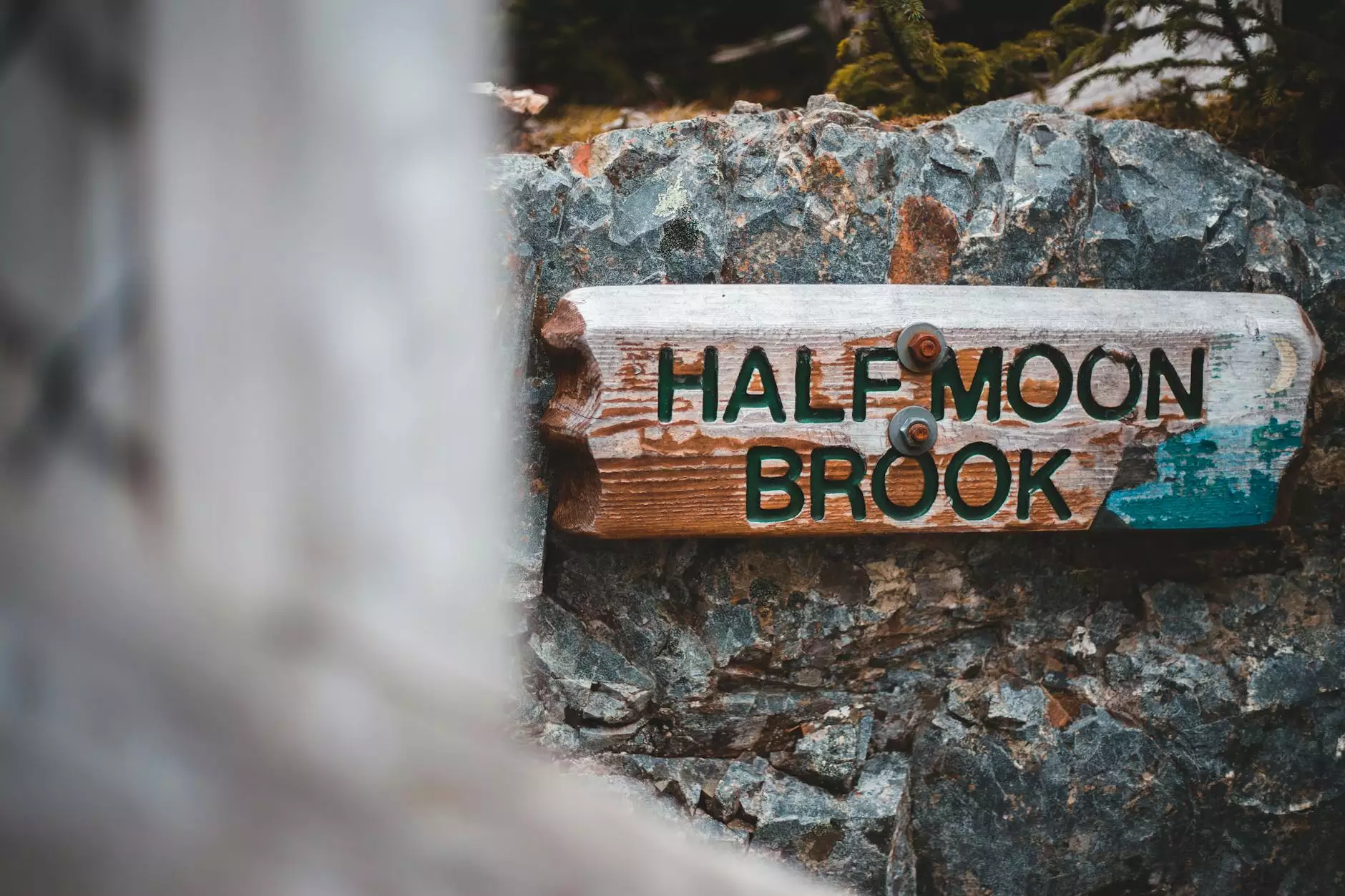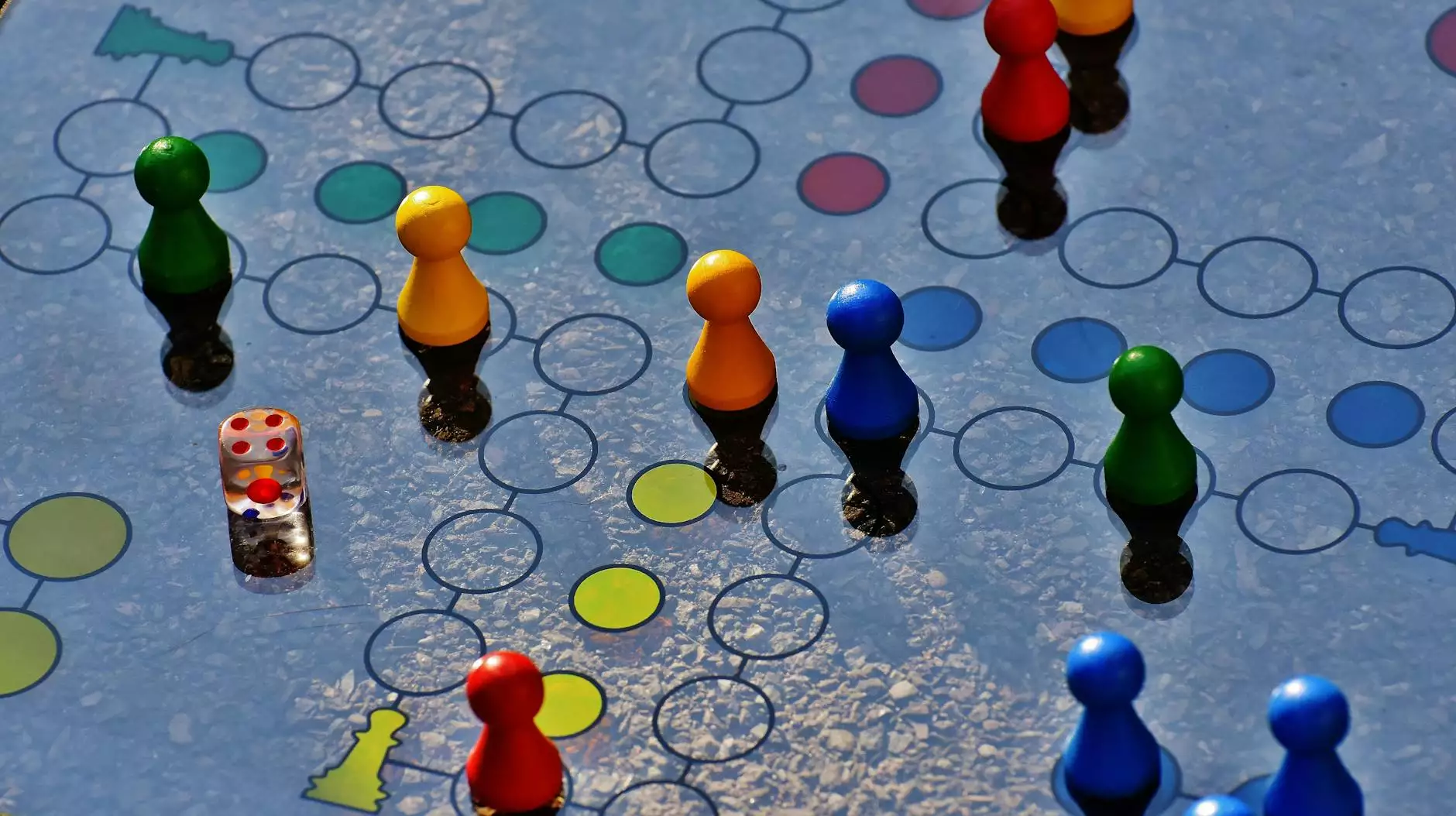Hubspot Lifecycle Stages: Optimizing Your Marketing Funnel
Blog
Introduction
Welcome to Seo by Chrys, your go-to source for all things related to business and consumer services. In today's digital age, a well-optimized marketing funnel is essential for businesses to thrive. This article will guide you through the process of leveraging Hubspot lifecycle stages to maximize the effectiveness of your marketing funnel.
The Importance of Lifecycle Stages in Marketing
Before diving into the specifics of Hubspot lifecycle stages, let's first understand why they are crucial for the success of your marketing efforts. Lifecycle stages allow you to segment your audience based on their level of engagement with your brand. By categorizing your leads and customers into different stages, you can tailor your marketing strategies and messaging to effectively nurture them throughout their buyer's journey.
Understanding the Hubspot Lifecycle Stages
Hubspot offers a comprehensive set of lifecycle stages that cover every stage of the customer lifecycle. Let's take a closer look at each stage and how you can optimize your marketing activities accordingly:
1. Subscribers
In this initial stage, subscribers have shown interest in your business by opting in to receive your content. To make the most of this stage, focus on delivering valuable and relevant content to engage your subscribers and keep them interested in your brand.
2. Leads
Leads are individuals who have expressed interest in your product or service by providing their contact information. To convert leads into customers, implement lead nurturing campaigns such as personalized email sequences, targeted social media ads, and retargeting efforts to stay top-of-mind.
3. Marketing Qualified Leads (MQLs)
MQLs are leads that have demonstrated a higher level of interest and engagement with your brand. They meet specific criteria that indicate their readiness to move further down the funnel. Developing tailored content and offers for MQLs can help you nurture them towards becoming sales-ready leads.
4. Sales Qualified Leads (SQLs)
SQLs are ready to be passed on to your sales team. At this stage, it's crucial to have a clear handoff process that ensures seamless communication between your marketing and sales teams. Provide your sales team with valuable insights gathered during the marketing phase to increase their chances of successfully closing the deal.
5. Opportunities
Opportunities are qualified leads that have progressed even further through the sales pipeline. Implement lead-scoring mechanisms to prioritize high-value opportunities and allocate your sales resources efficiently. Complement your sales efforts with personalized follow-ups and relevant content that address the specific needs and pain points of your prospects.
6. Customers
Customers are the lifeblood of your business. It's essential to maintain an ongoing relationship with them and provide exceptional customer experiences. Offer personalized recommendations, exclusive content, and loyalty rewards to keep your customers engaged and encourage repeat business.
Optimizing Your Marketing Funnel with Hubspot Lifecycle Stages
Now that you have a solid understanding of the various Hubspot lifecycle stages, let's explore how to optimize your marketing funnel using these stages:
1. Personalized Content Strategy
Create a content strategy that aligns with each lifecycle stage. Tailor your content to address the specific pain points, challenges, and goals of your target audience at each stage. By providing relevant and useful content, you can build trust and establish yourself as an authority in your industry.
2. Marketing Automation
Leverage Hubspot's marketing automation tools to deliver personalized and timely messages to your leads and customers. Automate email sequences, lead nurturing campaigns, and follow-up communications to ensure consistent engagement throughout the customer journey.
3. Lead Scoring and Segmentation
Implement lead scoring and segmentation based on the actions and behaviors of your leads. By assigning scores and segmenting your leads, you can prioritize your efforts and focus on the prospects with the highest potential for conversion. Tailor your messaging and offers based on the specific interests and needs of each segment.
4. Closed-Loop Reporting
Track and analyze the success of your marketing activities by connecting your marketing efforts with your closed deals. Closed-loop reporting enables you to identify which marketing initiatives are driving the most revenue and make data-driven decisions to optimize your marketing funnel further.
Conclusion
By leveraging Hubspot lifecycle stages, you can optimize your marketing funnel and drive better results for your business. Remember to create personalized content, automate your marketing efforts, segment and score your leads, and utilize closed-loop reporting to continuously improve your strategies. Seo by Chrys specializes in business and consumer services, providing top-notch website development and SEO solutions to help businesses succeed online. Contact us today to take your marketing funnel to the next level!










